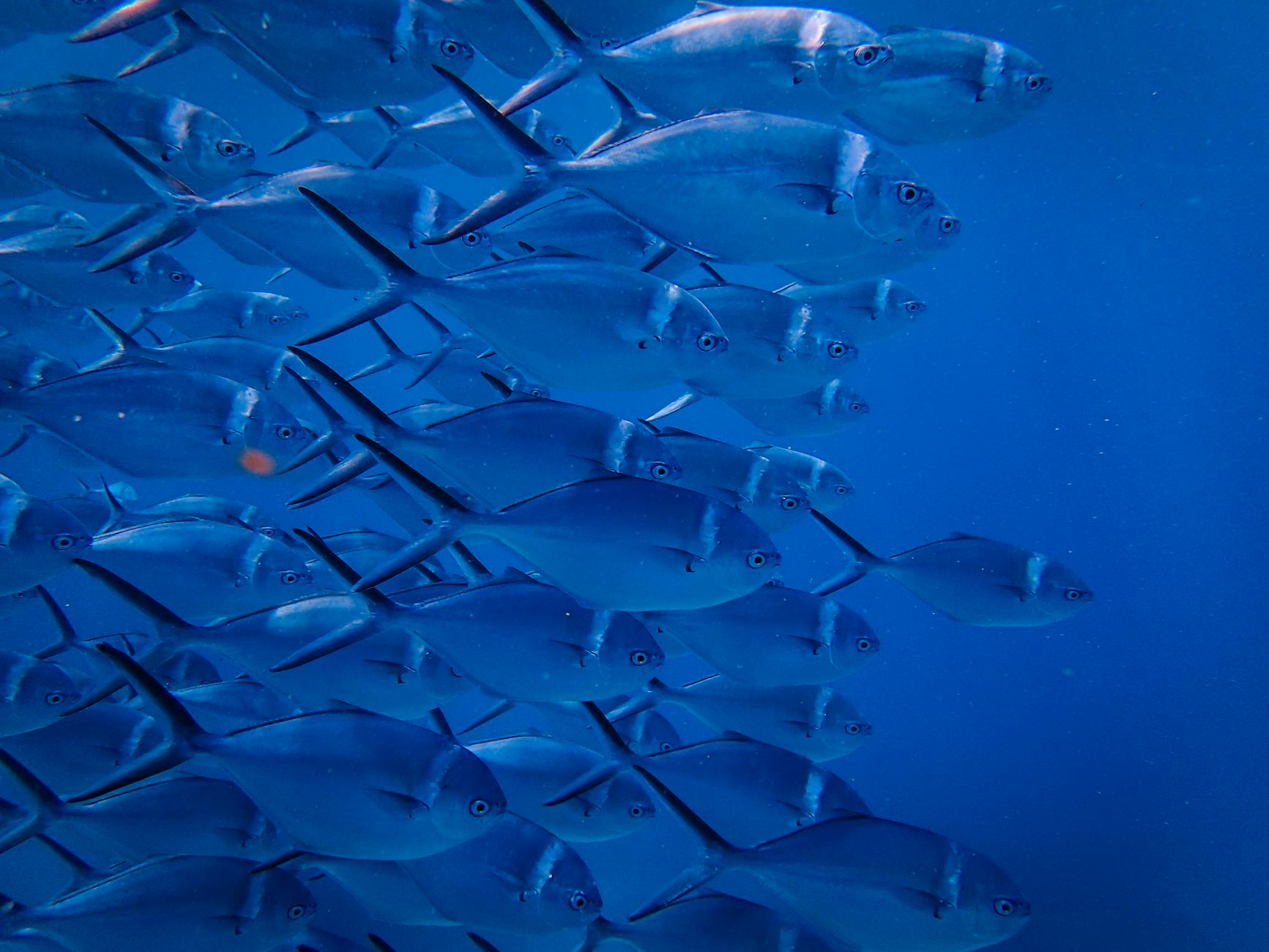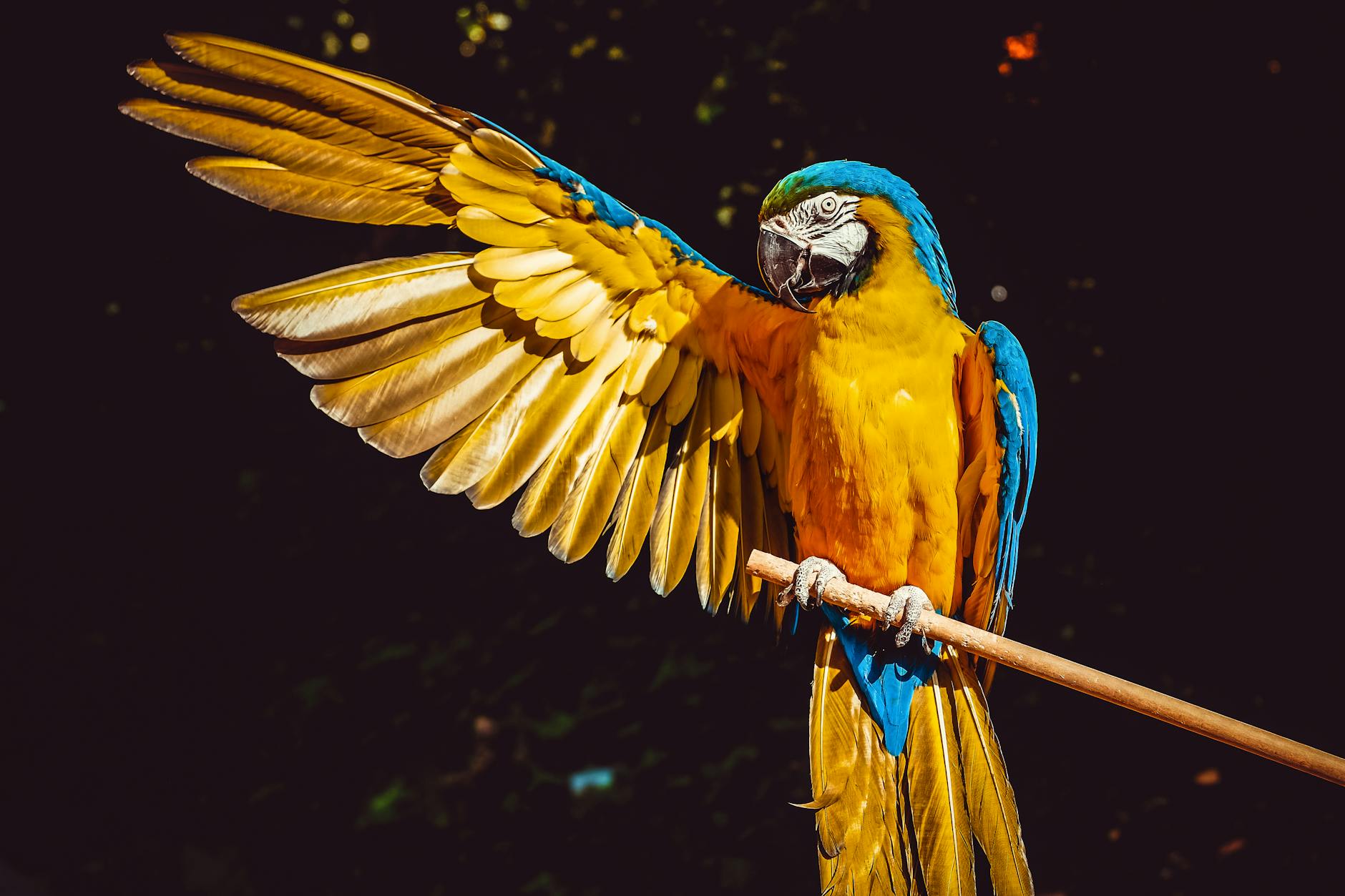Introduction to Animal Kingdom
The animal kingdom, scientifically designated as Kingdom Animalia, embodies an extraordinary diversity of life forms, each playing a pivotal role in sustaining Earth’s intricate ecological equilibrium. Ranging from microscopic organisms to massive marine mammals, the sheer variety within this kingdom continues to intrigue evolutionary biologists, ecologists, and zoologists. This vast assemblage of life forms has not only driven pivotal scientific discoveries but also inspired cultural expressions and conservation efforts. In this comprehensive analysis, we shall delve into the defining characteristics, classification, adaptations, and conservation imperatives of the animal kingdom, elucidating its profound significance.

The animal kingdom is one of the foundational biological classifications, encompassing organisms that are eukaryotic, multicellular, and predominantly heterotrophic. These life forms have colonized nearly every ecological niche, from abyssal ocean trenches to arid deserts, exhibiting extraordinary adaptive versatility. Beyond their ecological roles, animals have profoundly influenced human cultures, economies, and technological advancements, exemplifying their interconnectedness with humanity.
Defining Characteristics of Kingdom Animalia
- Multicellularity and Specialization: Animals possess a multicellular organization with cells differentiated into tissues, facilitating complex physiological processes and behavioral responses. This structural specialization has enabled the evolution of diverse organ systems, contributing to their ecological success.
- Eukaryotic Cell Structure: Animal cells are characterized by a nucleus and membrane-bound organelles, distinguishing them from prokaryotic life forms. Unlike plant cells, they lack cell walls, conferring flexibility and motility.
- Heterotrophic Nutrition: Animals depend on other organisms for sustenance, employing mechanisms such as predation, parasitism, and mutualistic symbiosis. Their metabolic diversity reflects adaptations to specific ecological roles.
- Motility: With a few exceptions, animals exhibit movement at some life stage, mediated by muscular and nervous systems. Motility has facilitated diverse behavioral strategies, including migration, hunting, and mating.
- Reproductive Strategies: Sexual reproduction predominates, promoting genetic diversity. Several taxa also exhibit asexual reproduction, enabling rapid population growth and survival in specific ecological contexts.
- Homeostasis and Integration: Complex regulatory systems maintain internal balance, enabling animals to thrive in dynamic environments. Mechanisms such as thermoregulation and osmoregulation illustrate their evolutionary sophistication.
Classification of Animals
The vast diversity of the animal kingdom necessitates a detailed hierarchical classification. Organisms are broadly categorized into invertebrates and vertebrates based on the presence or absence of a vertebral column. This dichotomy underpins a nuanced exploration of evolutionary adaptations and ecological roles.
Invertebrates : Diversity without a Backbone
Comprising approximately 95% of all animal species, invertebrates represent an astonishing array of morphological and ecological adaptations. Their evolutionary innovations have enabled them to colonize every conceivable habitat.
Phylum Porifera (Sponges)
- Simplistic multicellular organisms with porous bodies adapted for efficient filter feeding.
- Lack true tissues but exhibit specialized cell types like choanocytes for nutrient absorption.
- Function as crucial agents of aquatic ecosystem filtration.
- Examples: Bath sponges, glass sponges.
- Contribution to scientific research: Sponges have inspired advancements in biomaterials.

Phylum Cnidaria
- Distinguished by radial symmetry and stinging cells (cnidocytes) for prey capture.
- Exhibit two morphological forms: polyp and medusa.
- Integral to marine biodiversity, particularly coral reefs.
- Examples: Jellyfish, sea anemones, corals.
- Coral reefs provide habitats for numerous species and are critical for coastal protection.

Phylum Platyhelminthes (Flatworms)
- Exhibit bilateral symmetry and cephalization, facilitating directional movement.
- Lack body cavities, relying on diffusion for physiological processes.
- Include parasitic species of medical significance.
- Examples: Tapeworms, flukes.
- Parasitic flatworms have spurred research in parasitology and disease prevention.
Phylum Nematoda (Roundworms)
- Ubiquitous, cylindrical organisms involved in nutrient recycling.
- Some species act as vital ecological agents, while others are agricultural pests.
- Examples: Caenorhabditis elegans, a model organism in genetic research.
- Their role in soil ecosystems enhances agricultural productivity.
Phylum Mollusca
- Soft-bodied animals often shielded by calcareous shells.
- Exhibit diverse body plans, from sessile bivalves to agile cephalopods.
- Examples: Octopuses (noted for their intelligence), clams, snails.
- Cephalopods exhibit advanced neural complexity, prompting studies in cognition.
Phylum Arthropoda
- The largest phylum, characterized by exoskeletons, jointed appendages, and segmented bodies.
- Essential for ecological services such as pollination and nutrient cycling.
- Examples: Bees, spiders, crabs.
- Arthropods’ adaptability underpins their dominance in terrestrial and aquatic ecosystems.
Phylum Echinodermata
- Marine organisms with pentaradial symmetry and a unique water vascular system.
- Important contributors to benthic ecosystems.
- Examples: Sea stars, sea urchins.
- Their regenerative capabilities offer insights into developmental biology.
Vertebrates : Life with a Backbone
Vertebrates belong to the subphylum Vertebrata within Phylum Chordata, marked by sophisticated anatomical and physiological adaptations. Their evolutionary trajectory illustrates the interplay between environmental pressures and genetic innovation.
Class Pisces (Fishes)
- Aquatic vertebrates with gills, fins, and streamlined bodies.
- Encompass cartilaginous (e.g., sharks) and bony fishes (e.g., trout).
- Key components of aquatic food webs.
- Serve as bioindicators for water quality.

Class Amphibia
- Transitional vertebrates exhibiting dual life stages: aquatic larvae and terrestrial adults.
- Sensitive bioindicators of environmental health.
- Examples: Frogs, salamanders.
- Amphibians’ susceptibility to pollutants underscores their ecological importance.
Class Reptilia
- Cold-blooded, amniotic egg-laying vertebrates with keratinized skin.
- Examples: Crocodiles, lizards, snakes.
- Reptiles’ evolutionary success is linked to their adaptability to arid environments.
Class Aves (Birds)
- Feathered, warm-blooded vertebrates with adaptations for flight.
- Examples: Hawks, parrots, penguins.
- Birds’ migratory behaviors provide insights into navigation and climate change.

Class Mammalia
- Distinguished by mammary glands, hair, and advanced neural capabilities.
- Examples: Humans, whales, bats.
- Mammalian diversity reflects ecological specialization and social complexity.
Significance of Biodiversity in Kingdom Animalia
Ecological Contributions
- Pollination: Crucial for maintaining global food security.
- Decomposition: Facilitates nutrient cycling.
- Population Control: Predators regulate herbivore populations.
- Ecosystem Engineers: Species such as beavers alter habitats, promoting biodiversity.
Economic and Cultural Relevance
- Livestock and fisheries underpin global food economies.
- Symbolism in art, religion, and mythology underscores their cultural importance.
- Medicinal research leverages animal-derived compounds.
Adaptations in the Animal Kingdom
Adaptations underpin the evolutionary success of animals, enabling survival in a multitude of environments.
Morphological Innovations
- Protective Armor: Turtles and crustaceans.
- Camouflage: Leaf insects, cuttlefish.
- Specialized Appendages: Birds’ wings and whales’ flippers demonstrate convergent evolution.
Behavioral Strategies
- Migration: Seasonal movement for breeding or resource optimization.
- Social Cooperation: Eusocial insects like ants and termites.
- Tool Use: Observed in primates and some bird species.
Conservation Imperatives
Mitigating Threats
- Habitat Loss: Reforestation and urban planning.
- Climate Change: Promoting sustainable practices.
- Invasive Species: Strengthening biosecurity measures.
- Overexploitation: Enforcing sustainable harvesting practices.
Conclusion
The animal kingdom exemplifies nature’s ingenuity, encompassing organisms of unparalleled complexity and ecological value. A concerted global effort is imperative to safeguard this irreplaceable diversity for future generations. As stewards of this planet, it is our ethical responsibility to integrate conservation priorities into scientific, cultural, and policy frameworks, ensuring the resilience of the animal kingdom in an era of unprecedented environmental challenges.
Reference
- National Geographic
Comprehensive resources on animals, their habitats, and conservation efforts.
https://www.nationalgeographic.com/animals - Encyclopaedia Britannica
Detailed information on biological classification and species characteristics.
https://www.britannica.com/science/animal - World Wildlife Fund (WWF)
Insights on animal conservation and biodiversity.
https://www.worldwildlife.org/ - Tree of Life Web Project
A detailed resource on evolutionary relationships within the animal kingdom.
http://tolweb.org/tree/ - The International Union for Conservation of Nature (IUCN)
Information on endangered species and conservation status.
https://www.iucn.org/ - Science Direct
Scholarly articles on animal adaptations, behavior, and ecosystems.
https://www.sciencedirect.com/ - National Center for Biotechnology Information (NCBI)
In-depth resources on evolutionary biology and taxonomy.
https://www.ncbi.nlm.nih.gov/ - Smithsonian National Museum of Natural History
Resources on species classification and natural history.
https://naturalhistory.si.edu/
Discover more from ZOOLOGYTALKS
Subscribe to get the latest posts sent to your email.


Pingback: WHAT IS BIOACOUSTICS ? | ZOOLOGYTALKS | 2024
Pingback: Butterfly : Life Cycle, Classification, and Facts | ZOOLOGYTALKS | 2025